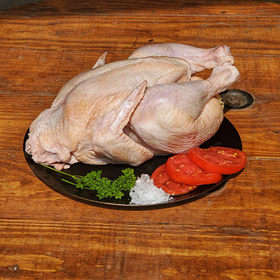
The importance of good processing!
The first batch of chickens are off to the processors! In perfect time too cause the freezer just barely are empty of chicken! It is a nice break for us to only have one batch of chickens to take care of. We take a break here because the meat birds do not do great in SW Missouri hot and humid summers.
When we first looked into this venture, I learned about the typical commercial way of processing chickens and let’s just say it was less then appealing. So, when I started looking for a USDA Inspected facility for our chickens, I had some very specific questions about their process that I wanted to make sure they followed. To be honest I felt a little silly asking them because I was so new and only knew what I had read in Joel Salatin’s book. I didn’t want to come off as a know it all, but I also knew from Joels book that I wanted to make sure all the work we put into raising the chickens wouldn’t be wasted by the processing. Also, we knew we wanted to ship so processing them ourselves wasn’t really an option.
I got very lucky that the closest USDA facility to us, that my Grandparents had been using for years also raise chicken like us and wanted the processing to be done a certain way as well. The old way. So, my questions were met with “yes! We also learned from Joel and follow the old way for the best possible outcome”. I was beyond excited! I never thought I could be so happy about chicken processing ha!
The main differences were that they cut off the head upside down so all the blood can drain out. So that when you bite into a leg or wing you don’t have that clotted blood by the bone. Also, instead of a nasty chill tank to bring the chicken temperature down, they use a chill room. Much like what is used for beef and pork.
If we hadn’t found this place it wouldn’t make a difference in how the birds were raised, the product would be ruined by the final step.
This may not be the most glamorous subject, but it is an extremely important one. The birds processed commercially might technically meet USDA standards but what they must go through to do that is not something I personally wish to eat.
